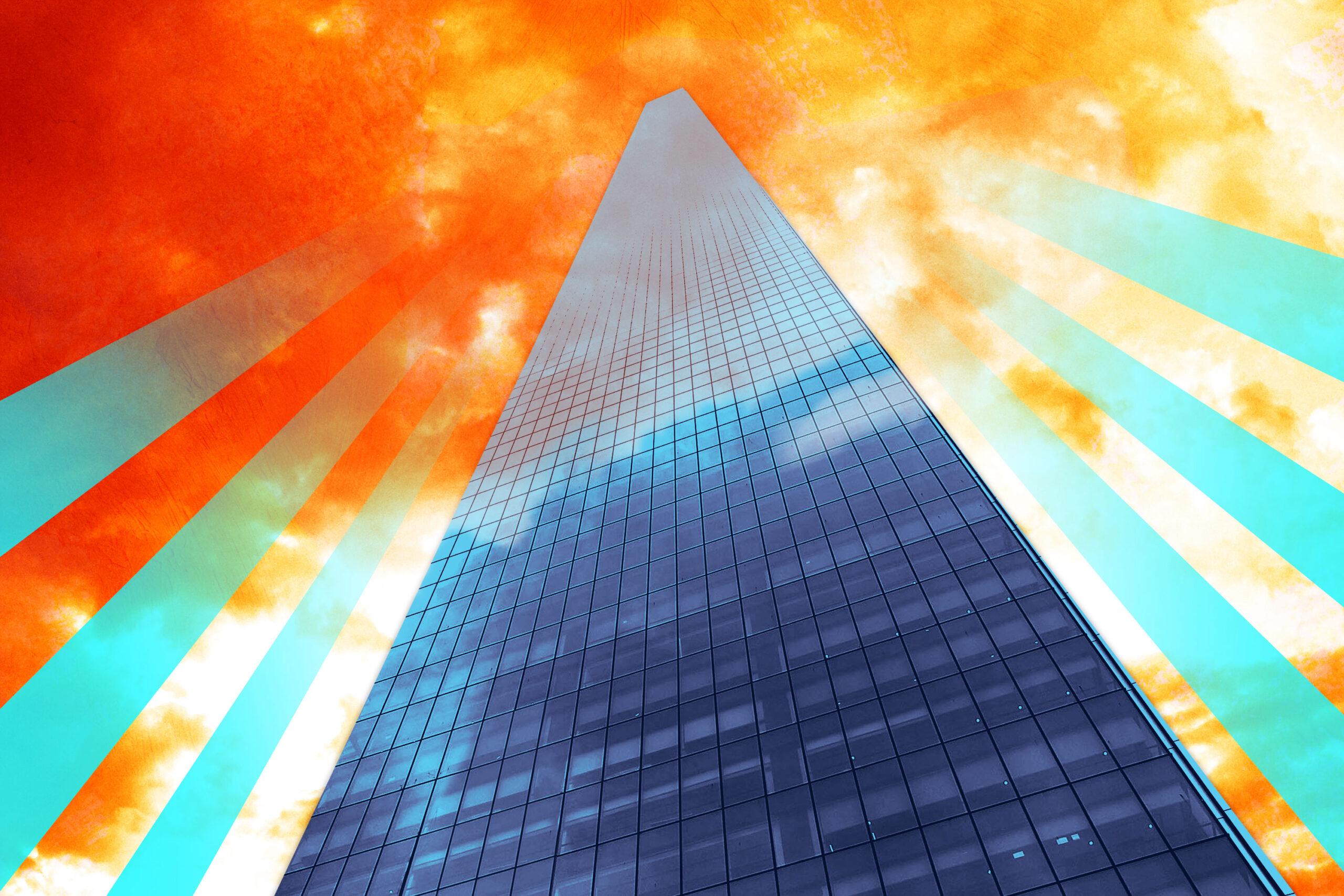

As Dwayne “the Rock” Johnson’s star continues to shine in Hollywood, the well is beginning to run dry on who or what, exactly, can serve as one of his movie antagonists. The man is handsome, jacked, probably lathered in body oil, and seemingly invincible. Jumanji: Welcome to the Jungle even has a joke where it’s revealed that his video game character has zero in-game weaknesses. Dwayne Johnson is essentially a human cheat code, and so it’s hard to picture another person convincingly fighting this guy and not immediately getting their butt whooped. (This is almost certainly why Vin Diesel allegedly altered his contract so that he’s never allowed to lose a fight in the Fast & Furious series.)
That means that Johnson’s adversaries are becoming increasingly larger than life: bigger, stronger, occasionally inhuman, and more fictitious. And yet, facing off against gigantic mutated animals in Rampage somehow doesn’t feel as absurd as it should. Rampage itself is unrelentingly ridiculous—a huge wolf has the wings of a flying squirrel and eats Joe Manganiello!—but you never once question how Johnson is almost single-handedly able to take out these monstrosities. With giant rabid animals now vanquished, who (or what) can they throw at Johnson next? Well ...
Skyscraper is exactly what you think it is—if The Towering Inferno and Die Hard had a really stupid love child—and while there are generic terrorists plotting inside the building, the imposing, impossibly high sculpture is the most existential threat to Johnson and his on-screen family. It is the true villain of the story, a tragic soul made of steel and glass, beset on a path of self-destruction from the day the first nail was driven.
Skyscraper’s skyscraper, called “the Pearl,” is a monumental creation more than 200 stories tall, piercing through clouds in Hong Kong’s Victoria Harbor. It was conceived by billionaire Zhao Long Ji (Chin Han) as a multi-use structure: There’s office spaces, a residential area, a sprawling indoor garden, and an observatory at the top that doubles as the world’s most radical panorama. The skyscraper was born out of benevolence, but because of its sheer height and ambition, the Pearl is by nature foreboding and quite terrifying, as if Sauron’s minions had found the perfect home in an episode of House Hunters International.
It was only a matter of time before the Pearl’s inner demons were exploited. Not long after Johnson’s Will Sawyer—a former FBI agent turned security expert sporting a prosthetic leg, presumably to give Johnson, a perfect human, some tangible weakness—does a thorough analysis of the building’s security measures and deems it virtually impervious, negative outside forces hack into the Pearl’s security system, which is monitored from a remote facility a couple of miles away from the building and can be controlled through a tablet. Fires are started, oxygen is released through ventilation shafts to intensify said fires, locks are manipulated, and Sawyer’s family is trapped in the Pearl above the fast-rising inferno. Their lives being threatened by a villain triggered by unimaginable inner turmoil, Dwayne Johnson is forced to defy physics, turn into a meme, and jump into the building to rescue them.
Johnson’s most perilous situations in the film don’t come from fighting the terrorists, but from the Pearl itself. While the building has no control over its self-destructive actions, it sets into motion myriad scenarios for Sawyer to be vanquished. He scales the structure’s sleek frame, and narrowly avoids its intense flames. All the while, the audience is rooting against the Pearl as it unwittingly serves as an agent of chaos that could destroy the most charismatic man in Hollywood. But it’s important to understand that the building is merely a victim of circumstance, and, well, gravity.
The Pearl is an extremely phallic pillar of Zhao’s own tech-inspired hubris—like John Hammond’s dinosaurs in Jurassic Park, or Robert Ford’s human-like hosts in Westworld, the Pearl exists because it can. But a 200-plus-story building in the heart of Hong Kong will always be unnatural, and thus, eternally in a conflict it never asked for. When Zhao gives Sawyer a tour of the Pearl’s panorama, he proudly says, “Welcome to heaven.” The Pearl’s inevitable implosion at the hands of the people trying to bring Zhao down is heavy-handed punishment for the billionaire trying to play God. But it’s the skyscraper that is most punished, forced into the middle of a dangerous triangle and turned into a weapon against many—including itself.
So as you cheer for Johnson while he scales a building more than 200 stories tall using only the duct tape wrapped around his hands, take a moment to consider the poor skyscraper that’s slowly burning apart from the inside. Frankenstein’s monster never asked to be made, either.

